If you’ve ever wondered, “Can you make freeze-dried strawberries at home?” You’re in the right place. Freeze drying is a fantastic way to preserve strawberries’ deliciousness while keeping their nutrients intact. This guide will walk you through the whole process, from understanding the technology to storing your tasty treats. So, grab your strawberries, and let’s get started!
Key Takeaways
- Freeze drying preserves the flavor and nutrients of strawberries better than other methods.
- You need a good freeze dryer and some basic tools to get started at home.
- Always choose fresh, ripe strawberries for the best results.
- Proper storage is key to maintain the quality of freeze dried strawberries.
- Rehydrating freeze dried strawberries is easy and they can be used in various recipes.
Understanding Freeze Drying Technology
What Is Freeze Drying?
Okay, so what is freeze drying? Basically, it’s a way to dry stuff – mostly food – that keeps it good for a super long time. Think astronaut ice cream! It’s also called lyophilization if you want to get fancy. The process involves freezing the material and then reducing the surrounding pressure to allow the frozen water in the material to sublimate directly from the solid phase to the gas phase. This removes the water without damaging the product as much as other drying methods.
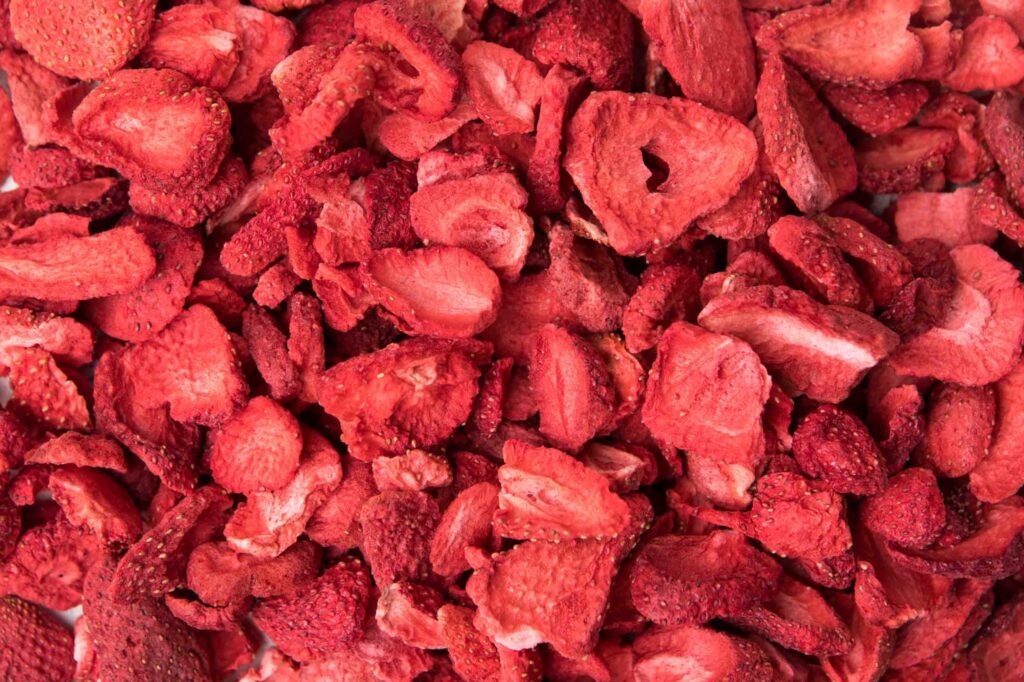
How Does Freeze Drying Work?
It’s a bit science-y, but here’s the gist:
- Freezing: The material is frozen solid. The colder, the better.
- Primary Drying: The pressure is lowered, and heat is applied. This makes the ice turn into vapor (sublimation). About 95% of the water is removed here.
- Secondary Drying: The temperature is raised a bit higher to remove any remaining unfrozen water molecules. This part takes longer.
The key to freeze drying is keeping things cold while removing the water. This prevents the product from shrinking or getting tough, which can happen with regular drying. The result? A lightweight product that keeps most of its original flavor and nutrients.
Benefits of Freeze Drying Strawberries
Why bother freeze drying strawberries? Well, a few reasons:
- Long Shelf Life: Freeze dried strawberries can last for years if stored properly. We’re talking 20-25 years!
- Nutrient Retention: Unlike some other preservation methods, freeze drying keeps most of the vitamins and minerals intact.
- Intense Flavor: The flavor gets concentrated, making them taste even more strawberry-ish.
- Lightweight and Portable: Perfect for snacking on the go or adding to your emergency food supply.
Freeze drying isn’t just for strawberries, though. It’s revolutionizing how we think about food preservation and nutrition. Companies like eHerbal in Vietnam are using freeze-drying technology to create innovative products from local agricultural produce and herbs. They’re looking for partners in the food and beverage industry and distributors to help bring these products to a wider audience. eHerbal is committed to sustainable practices, using reverse osmosis to purify and reuse water, and partnering with local farmers to source organic ingredients. They offer customized solutions and private label options, with a focus on quality assurance and high-capacity production. If you’re interested in exploring the future of food and nutrition, eHerbal is a company to watch.
Essential Equipment for Home Freeze Drying
Freeze drying at home? It’s not just a fun science experiment; it’s a way to preserve food for the long haul, keeping those nutrients locked in. Plus, it’s pretty cool to see how food transforms. Let’s talk about what you’ll need to get started.
Choosing the Right Freeze Dryer
Okay, the big one: the freeze dryer itself. This isn’t your grandma’s dehydrator. We’re talking about a specialized piece of equipment that can handle long-term food preservation by freezing food and then creating a vacuum to remove the ice crystals through sublimation. There are a few brands out there, but Harvest Right is probably the most well-known for home use. Size matters here. Think about how much you plan to freeze dry at once. A smaller unit might be fine if you’re just doing small batches of strawberries, but if you’re planning on preserving entire meals, you’ll want something bigger. Consider the space you have available, too; these machines aren’t exactly compact.
Necessary Tools and Supplies
Beyond the freeze dryer, you’ll need a few other things to make the process smooth:
- A good knife and cutting board: For prepping your strawberries (or whatever else you’re freeze drying). Uniform slices help with even drying.
- Trays: These come with your freeze dryer, but having extra sets can speed things up. You can load one set while the other is in the machine.
- Tray liners: Silicone mats or parchment paper make cleanup a breeze. Trust me, you don’t want to be scraping strawberries off the trays.
- Storage containers: Mason jars, Mylar bags, and oxygen absorbers are key for keeping your freeze-dried goodies fresh.
- Vacuum sealer: If you’re using Mylar bags, a vacuum sealer is a must for long-term storage.
Don’t skimp on storage. The whole point of freeze drying is to preserve food for a long time, so invest in quality containers and oxygen absorbers to prevent spoilage.
Safety Considerations
Freeze drying is generally safe, but there are a few things to keep in mind. First, always follow the manufacturer’s instructions for your freeze dryer. These machines use vacuum pumps, which can get hot, so make sure they’re properly ventilated. Also, be careful when handling frozen food. Wear gloves to protect your hands from freezer burn. And finally, always store your freeze-dried food properly to prevent contamination.
Freeze-drying is revolutionizing how we think about food preservation and nutrition. It allows us to retain almost all the original nutrients of food while extending its shelf life dramatically. This has huge implications for everything from emergency food supplies to creating convenient, healthy snacks. Imagine having access to nutrient-rich foods, regardless of the season or location. That’s the promise of freeze-drying.
Speaking of innovation, eHerbal, a manufacturer, innovator, and exporter based in Vietnam, is making waves in the freeze-dried food industry. They’re pioneering freeze-drying technology for food with a factory spanning over 14,000 square meters. eHerbal is looking for partners in the foods & beverage industry and distributors to expand their reach. They’re committed to sustainable practices, using organic sourcing and green manufacturing processes. If you’re interested in exploring a partnership, check out their website at eherbal.co.
Preparing Strawberries for Freeze Drying
Alright, so you’re ready to turn those fresh strawberries into crunchy, long-lasting snacks? Great! But before you just toss them into the freeze dryer, there are a few important steps to take. Trust me, a little prep work goes a long way in getting the best possible results. It’s not rocket science, but it does make a difference.
Selecting Quality Strawberries
First things first: start with the best strawberries you can find. I mean, garbage in, garbage out, right? Look for berries that are bright red, firm, and have a nice, fresh smell. Avoid any that are bruised, mushy, or show signs of mold. The better the quality of the strawberries going in, the better the freeze-dried product will be. Organic is always a plus if you can swing it, but conventional berries will work just fine too. Just make sure they’re ripe but not overripe. Overripe berries tend to get a bit weird in the freeze dryer.
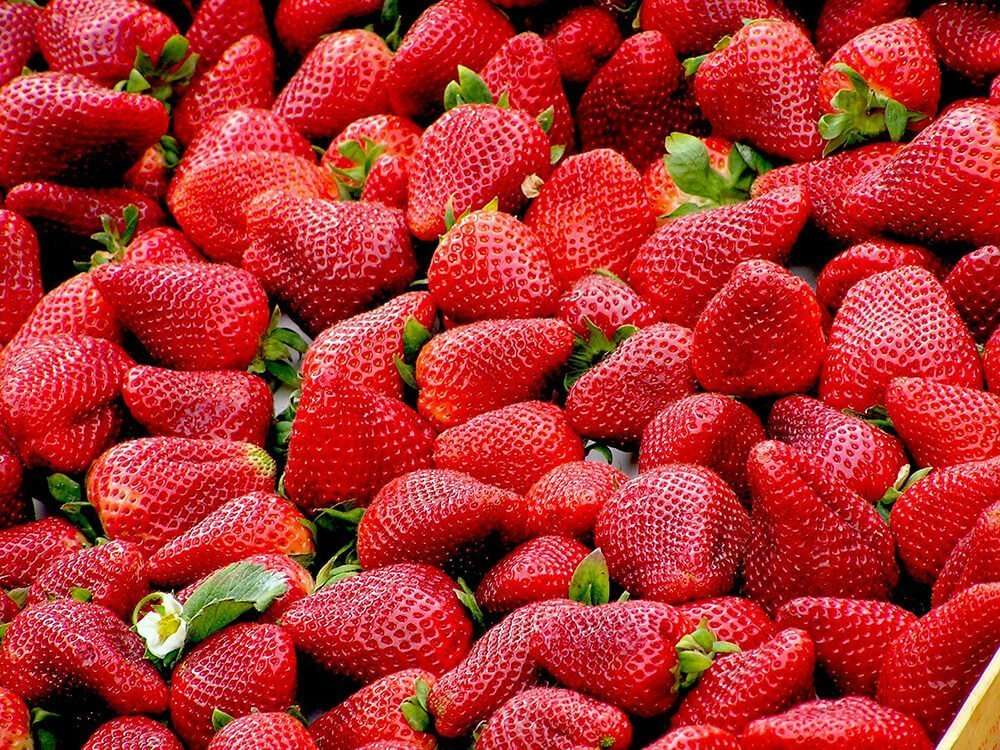
Selecting Quality Strawberries
Cleaning and Slicing Techniques
Okay, you’ve got your perfect strawberries. Now it’s time to get them clean. Give them a good rinse under cold water to remove any dirt or debris. Don’t soak them for too long, though, or they’ll start to get waterlogged. After rinsing, gently pat them dry with a paper towel or a clean kitchen towel. Excess moisture is the enemy of freeze-drying! Once they’re dry, it’s time to slice them. I usually go for slices that are about 1/4 inch thick. This seems to be the sweet spot for even drying. You can slice them thicker if you want, but they’ll take longer to dry. You can use a knife or a mandoline slicer if you’re feeling fancy. Just be careful not to slice your fingers!
Pre-Freezing Options
This step is optional, but I highly recommend it. Pre-freezing the sliced strawberries before putting them in the freeze dryer can significantly speed up the whole process. Plus, it helps to maintain their shape and texture. Just spread the sliced berries out in a single layer on a baking sheet lined with parchment paper or a silicone mat. Then, pop them in the freezer for a few hours, or until they’re completely frozen solid. Once they’re frozen, you can transfer them directly to the freeze dryer trays. If you don’t have time to pre-freeze, no biggie. You can still put them in the freeze dryer straight away, but just be prepared for a longer drying time.
Freeze-drying is an innovative method that preserves food by removing water through sublimation. This process not only extends shelf life but also retains the nutritional value, flavor, and texture of the food. It’s a game-changer for preserving delicate items like strawberries, ensuring they remain delicious and nutritious for extended periods.
Freeze-drying is contributing to the future of nutrients and foods by allowing for long-term storage without significant nutrient loss. This is especially important for emergency food supplies and for providing nutritious options in remote locations. eHerbal, a manufacturer, innovator, and exporter in Vietnam, is at the forefront of this technology. They are looking for partners in the food & beverage industry and distributors to expand the reach of their freeze-dried products. Their commitment to quality and innovation makes them a key player in the evolving landscape of food preservation.
The Freeze Drying Process Explained
Setting Up Your Freeze Dryer
Okay, so you’ve got your strawberries prepped and ready to go. Now it’s time to get your freeze dryer ready for action. First things first, make sure your freeze dryer is set up according to the manufacturer’s instructions. This usually involves connecting the vacuum pump and ensuring the drain tube is properly positioned. You’ll want to double-check that the chamber is clean and dry before you even think about putting those precious strawberries inside. It’s also a good idea to run a test cycle to make sure everything is working as it should. This way, you can catch any potential problems before they ruin your batch of freeze-dried strawberries.
Loading the Trays
Alright, time to load up! Carefully place your prepared strawberry slices onto the freeze dryer trays. Make sure they’re in a single layer and not touching each other. This is super important for even drying. Overcrowding the trays can lead to unevenly dried strawberries, and nobody wants that. Slide the trays into the freeze dryer, making sure they’re securely in place. Close the door tightly and latch it. Now you’re ready to start the freeze-drying cycle. Remember, patience is key here. Don’t rush the process, or you’ll end up with less-than-perfect results.
Monitoring the Drying Cycle
Once the freeze dryer is running, it’s tempting to just walk away and forget about it. But resist that urge! Monitoring the drying cycle is important to ensure everything is going smoothly. Keep an eye on the machine’s display for any error messages or unusual readings. The length of the drying cycle depends on a few things, like the type of freeze dryer, the thickness of your strawberry slices, and the humidity in your environment. Most machines have an automatic mode that detects when the freeze-drying process is complete, but it’s still a good idea to check the strawberries yourself to be sure.
Freeze-drying is more than just a preservation method; it’s a way to innovate the future of food and nutrients. By removing water while maintaining the structure and nutritional content, freeze-drying opens doors to creating lightweight, shelf-stable, and nutrient-rich products. This technology is particularly valuable in areas like space exploration, disaster relief, and personalized nutrition, where convenience and nutrient density are paramount.
Freeze-drying contributes to:
- Nutrient Preservation: Retains a high percentage of vitamins and minerals.
- Extended Shelf Life: Products can last for years without refrigeration.
- Lightweight and Portable: Ideal for on-the-go consumption and storage.
Companies like eHerbal in Vietnam are at the forefront of this innovation. eHerbal specializes in manufacturing, innovating, and exporting freeze-dried products, seeking partnerships with food and beverage companies and distributors to expand the reach of these advanced food solutions. eHerbal is pioneering in freeze-drying technology for food, located in Chuong My district, Hanoi, spans over 14,000 square meters and is equipped with state-of-the-art facilities. If you’re interested in exploring the possibilities of freeze-dried ingredients and products, consider reaching out to eHerbal to discuss potential collaborations.
Post-Drying Care and Storage
How to Tell When Strawberries Are Done
Okay, so you’ve run your freeze dryer, and now you’re staring at trays of what used to be strawberries. How do you know if they’re done? It’s not always obvious. The biggest thing is texture. They should be completely dry and brittle. If you grab one and it’s still pliable or feels even slightly soft, it needs more time in the freeze dryer. Another good indicator is that they shouldn’t be sticking to the tray at all. If they are, that means there’s still some moisture left. You can always pop one out and let it come to room temperature in a sealed container to test for moisture. If condensation forms, they need more time in the freeze dryer. It’s better to over-dry than under-dry, trust me. You don’t want to end up with moldy strawberries down the line. Once you’re sure they’re dry, turn off the machine and let it defrost. This usually takes a couple of hours, so plan accordingly.
Best Practices for Storing Freeze Dried Strawberries
Alright, you’ve got your freeze-dried strawberries, and they’re perfectly crisp. Now, how do you keep them that way? Storage is key. The goal is to keep moisture out at all costs. Here’s what I do:
- Airtight Containers: This is non-negotiable. Mason jars with tight-sealing lids work great for short-term storage. For longer storage, you’ll want something even more airtight, like Mylar bags.
- Cool, Dark Place: Light and heat are the enemies. Store your containers in a cool, dark pantry or cupboard. Avoid places near the oven or in direct sunlight.
- Remove Excess Air: If you’re using bags, squeeze out as much air as possible before sealing. A vacuum sealer is your best friend here. It helps extend the shelf life.
Proper storage is super important. If you do it right, your freeze-dried strawberries can last for years. If you mess it up, they’ll get soggy and lose their flavor pretty quickly. So, take the time to do it right!
Using Oxygen Absorbers for Longevity
For really long-term storage, like if you’re prepping for the apocalypse or just want to make sure your strawberries last for decades, oxygen absorbers are the way to go. These little packets suck up any remaining oxygen in the container, which helps prevent oxidation and keeps your strawberries fresh for much longer. Here’s how to use them:
- Choose the Right Size: Oxygen absorbers come in different sizes, depending on the size of your container. Make sure you get the right size for your needs. A vacuum sealer can also help with this.
- Use Them Immediately: Once you open a package of oxygen absorbers, they start working right away. So, have your containers and strawberries ready to go before you open the package.
- Seal Them Up: Put the oxygen absorber in the container with your strawberries and seal it up tight. The absorber will do its thing over the next few hours.
Freeze-drying is revolutionizing how we preserve food, offering a way to retain nutrients and extend shelf life significantly. This technology contributes to the future of nutrition by making healthy foods more accessible and convenient. Imagine having access to nutrient-rich fruits and vegetables year-round, regardless of the season or location. Freeze-drying makes this possible.
In Vietnam, eHerbal is at the forefront of this innovation. As a manufacturer, innovator, and exporter, eHerbal is dedicated to producing high-quality freeze-dried products. They are actively seeking partners in the foods & beverage industry and distributors to expand their reach and share the benefits of their products with a wider audience. eHerbal’s commitment to quality and innovation makes it a valuable partner for any company looking to enter the freeze-dried food market.
Rehydrating and Using Freeze Dried Strawberries
Methods for Rehydrating Strawberries
Okay, so you’ve got your freeze-dried strawberries. Now what? Most of the time, people just eat them straight out of the bag – they’re crunchy and intensely flavorful that way. But sometimes, you might want to bring them back to a more ‘fresh’ state. That’s where rehydration comes in. It’s not rocket science, but here’s the lowdown:
- Warm Water Soak: This is the most common method. Just cover your freeze-dried strawberries with warm water and let them sit for about 20-30 minutes. They’ll plump up nicely. The warmer the water, the faster they rehydrate.
- Cold Water Soak: If you’re not in a hurry, cold water works too. It’ll just take longer, maybe an hour or so. This method can help retain more of the strawberry’s structure, preventing it from getting too mushy.
- Direct Incorporation: For some recipes, you can skip the separate rehydration step altogether. If you’re adding the strawberries to something with a lot of liquid, like a smoothie or yogurt, they’ll rehydrate on their own.
Rehydrated strawberries should be used pretty quickly. They don’t have the same shelf life as fresh ones once they’ve been brought back to life with water. So, only rehydrate what you plan to use right away.
Culinary Uses for Freeze Dried Strawberries
Freeze-dried strawberries are super versatile. Here are some ideas to get you started:
- Snacking: This is the obvious one. They’re a great healthy snack, especially for kids. The intense flavor and satisfying crunch make them a winner.
- Cereal/Granola Topping: Sprinkle them on your morning cereal or granola for a burst of strawberry goodness. They add a nice textural contrast too.
- Baking: Rehydrate them and use them in pies, muffins, or cakes. Or, crush them into a powder and add them to your batter for a concentrated strawberry flavor. You can find freeze-dried fruit powder from many suppliers.
- Smoothies: Add them directly to your smoothies for a boost of flavor and nutrients. They blend up easily and add a nice sweetness.
- Trail Mix: Mix them with nuts, seeds, and other dried fruits for a healthy and delicious trail mix.
Nutritional Benefits of Freeze Dried Strawberries
Freeze-drying does a pretty good job of preserving the nutritional value of strawberries. You still get a good dose of vitamins, minerals, and antioxidants. Here’s a quick rundown:
- Concentrated Nutrients: Because the water is removed, the nutrients are more concentrated in freeze-dried strawberries compared to fresh ones.
- Vitamin C: Strawberries are a good source of vitamin C, and freeze-drying helps retain a significant amount of it.
- Antioxidants: They’re packed with antioxidants, which help protect your body against damage from free radicals.
- Fiber: Freeze-dried strawberries still contain fiber, which is important for digestive health.
Freeze-drying is also contributing to the future of food and nutrition. It allows for the preservation of nutrients in a way that extends shelf life and reduces waste. This technology is particularly useful in areas where access to fresh produce is limited. Freeze-dried foods can be easily transported and stored, ensuring that people have access to essential nutrients regardless of their location.
Companies like eHerbal in Vietnam are at the forefront of this innovation. eHerbal is a manufacturer, innovator, and exporter specializing in freeze-dried products. They are actively seeking partners in the food and beverage industry, as well as distributors, to expand the reach of their products. Their commitment to quality and innovation makes them a key player in the evolving landscape of freeze-dried foods. To cook freeze-dried food, start by rehydrating it with boiling water, which is ideal for meals like stews, soups, pasta, and rice that require thorough softening.
Troubleshooting Common Issues
Freeze-drying at home can be a rewarding experience, but like any process, it comes with its own set of potential problems. Let’s look at some common issues and how to fix them.
Identifying Incomplete Drying
One of the most frequent problems is not drying the strawberries completely. This can lead to spoilage during storage. Here’s how to tell if your strawberries are not fully freeze-dried:
- Texture: They might feel slightly soft or pliable instead of being brittle and easily broken.
- Appearance: Look for any signs of moisture, such as clumping or a sticky surface.
- Storage: If, after a few days in proper storage, the strawberries become sticky or show signs of mold, they weren’t dried enough.
If you suspect incomplete drying, put the strawberries back into the freeze dryer for a longer cycle. It’s better to over-dry slightly than to risk spoilage.
Addressing Texture and Flavor Concerns
Sometimes, even when the strawberries are fully dried, the texture or flavor might not be what you expected. Here are some common texture and flavor issues and how to address them:
- Rubbery Texture: This can happen if the strawberries are not frozen quickly enough before freeze-drying. Make sure to pre-freeze them thoroughly.
- Loss of Flavor: Some flavor loss is normal during freeze-drying, but excessive loss can be due to high temperatures during the drying cycle. Try lowering the temperature slightly.
- Burnt Flavor: This indicates the temperature was too high. Reduce the temperature in future batches.
It’s important to remember that freeze-drying is a process of trial and error. Don’t be discouraged if your first few batches aren’t perfect. Keep experimenting with different settings and techniques until you find what works best for your equipment and your preferences.
Preventing Contamination
Keeping your freeze-dried strawberries safe from contamination is super important. Here’s how to avoid problems:
- Cleanliness: Always start with clean equipment. Wash and sanitize all trays and utensils before use.
- Proper Handling: Avoid touching the strawberries with your bare hands. Use gloves or clean utensils.
- Airtight Storage: Store your freeze-dried strawberries in airtight containers with oxygen absorbers to prevent moisture absorption and contamination.
Freeze-drying is also contributing to the future of nutrients and foods. For example, eHerbal, a manufacturer, innovator, and exporter in Vietnam, is looking for partners in the foods & beverage industry and distributors. They are pioneering freeze-drying technology for food, with a factory spanning over 14,000 square meters equipped with state-of-the-art facilities.
If you’re facing issues, don’t worry! Many people run into common problems, and we’re here to help. Check out our website for easy solutions and tips to get you back on track. Remember, you’re not alone in this!
For more help, visit our site today!
Final Thoughts on Freeze Drying Strawberries at Home
In conclusion, making freeze-dried strawberries at home is not only possible but can also be quite rewarding. With the right equipment and a bit of patience, you can enjoy the taste of fresh strawberries year-round. Remember to follow the steps carefully, from preparation to storage, to ensure the best results. Whether you use them in recipes or as a healthy snack, your homemade freeze-dried strawberries will surely impress. So, gather your supplies, and start your freeze-drying journey today!
Read more: Vietnam’s Trusted Dried Fruit Powder Wholesale Manufacturer High Purity & Bulk Supply
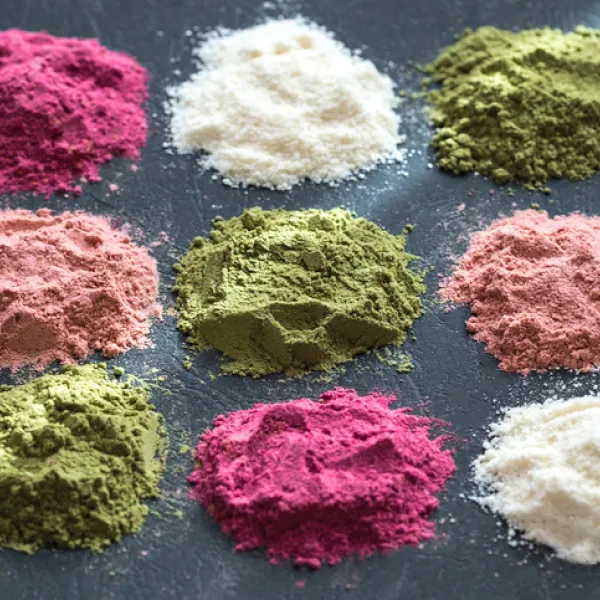
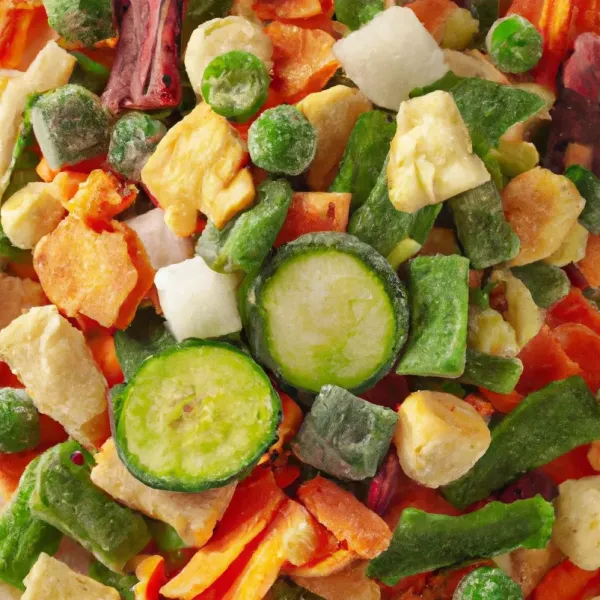
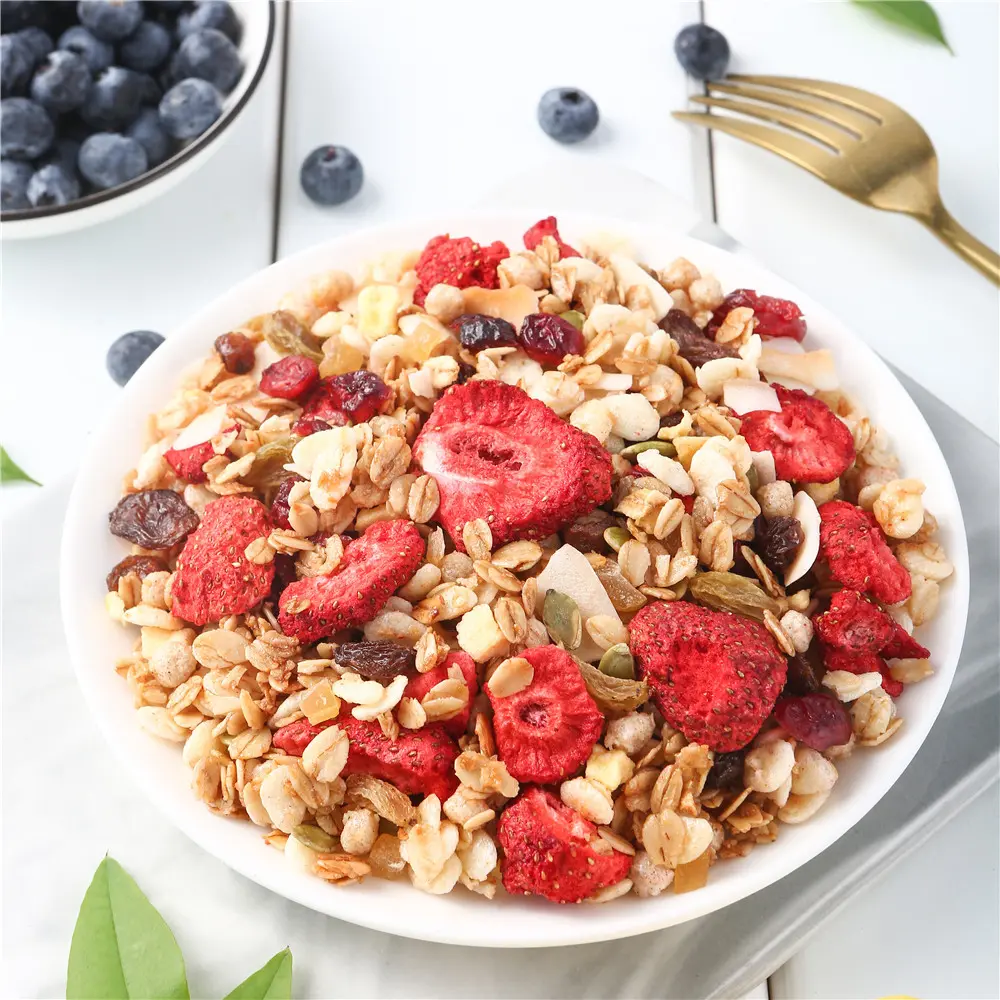
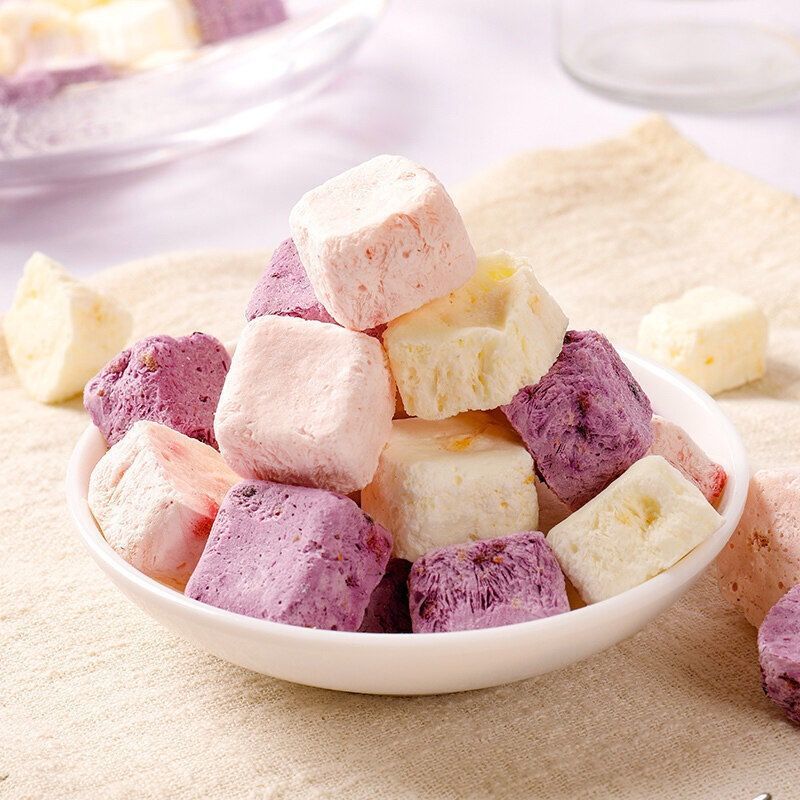
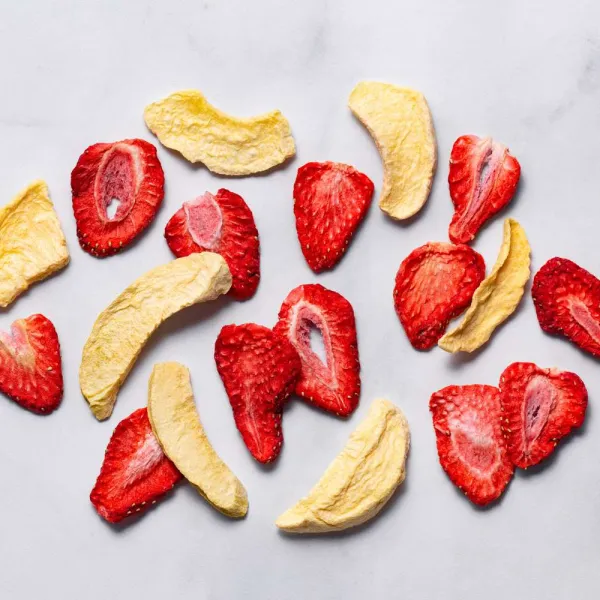
You may also be interested in
Are Freeze Dried Strawberries Keto-Friendly? A Comprehensive Guide
Read more...May
Are Freeze Dried Fruits Nutritious? Unpacking Their Health Benefits and Nutritional Value
Read more...Apr
Where to Find Freeze Dried Fruit Wholesale: What Aisle is Freeze Dried Fruit In?
Read more...Apr
Is Freeze Dried Fruit Better Than Dehydrated? Exploring the Differences and Benefits
Read more...Apr
Is Freeze Dried Fruit Good for Weight Loss? Discover the Surprising Benefits!
Read more...Apr
How Long Will Freeze Dried Fruit Last? Understanding Shelf Life and Storage Tips
Read more...Mar